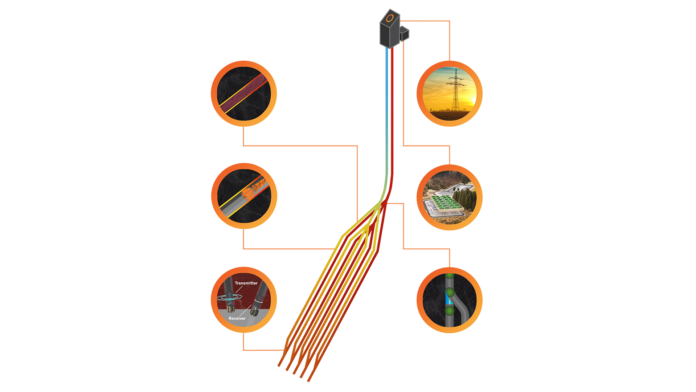In Costa Rica today, six geothermal power plants supply 15% or 500 Megawatts (MwH) of the country’s electricity, enough capacity for 500,000 homes representing roughly one-third of the country’s total. Costa Rica has an advantage over many other countries because it can exploit the heat beneath the earth coming from its many volcanoes. I remember back in 2017 when my wife and I visited Rincon de la Vieja, the country’s largest volcano with its fumaroles and volcancitos, little volcanoes, steaming and boiling along its flanks. All that heat was naturally producing megatons of steam with much of it channeled to generate electricity. Large pipes snaked across the landscape which bore a similarity in appearance to some areas of Yellowstone National Park in the United States.
But volcanoes aren’t necessary to use the heat from below ground to generate power. The estimated 32 Gigawatts (GwH) of geothermal power expected to be in place globally by 2030 largely will come from non-volcanic sources. Although 32 GwH sounds impressive, it’s a drop in the ocean compared to present human electrical energy demands.
Harvesting Heat from the Earth
How can we harvest heat from the Earth to power the planet and not rely just on volcanoes? A company in Alberta, Canada, believes it has the answer. Eavor Technologies is currently developing a geothermal demonstration powerplant near Rocky Mountain House, a town of 7,000, northwest of Calgary. There are no volcanoes in the neighbourhood.
The Eavor-Loop is a proprietary invention, a closed-loop geothermal technology that circulates a fluid the company developed in what is in effect an underground radiator. Think about how the radiator in a gas-powered vehicle works. It circulates water in a closed loop that removes heat from the engine.
Eavor’s technology doesn’t use water but extracts stored underground heat from two joined wells several kilometres apart and a series of parallel wellbores that feed into the vertical structures. The Loop forms a giant U-shape (see image above) with tendrils hanging to the side and near the bottom. The Derek Riddel Eavor-Lite Demonstration Facility being finished at Rocky Mountain House costs $10 million CDN and is a full-scale prototype system designed to generate electricity and heat for the town’s homes and local greenhouses.
Geothermal That Can Be Implemented Almost Anywhere
An Eavor-Loop can be used almost anywhere unlike other geothermal technologies. It can be small or large. No external pump is required to circulate its proprietary liquid which remains enclosed within the system. The heat transferred to the liquid rises to the surface where it is harvested either as direct heat or to spin a turbine attached to a generator. The company envisions a typical installation to have the capacity to produce enough energy to light and heat 16,000 homes.
Eavor-Lite is to be succeeded by Eavor-Deep, a next-generation geothermal technology that demonstrates the company’s proprietary drilling technology capable of harvesting heat from far deeper underground. The demonstration site located in New Mexico is harvesting heat from 5,480 metres (18,000 feet) underground where temperatures are 250 Celsius (482 Fahrenheit). The Eavor-Loop at Eavor-Deep resembles the technology deployed at the Eavor-Lite demonstration site and should be widely deployable. In its simplicity of design, Eavor should prove to be the game-changer it purports to be for geothermal energy.
After the Rocky Mountain House site goes live, the company has a dozen sites in the hopper ready to be built in Canada and around the world.
Besides being a closed-loop system that uses a benign fluid and therefore cannot harm the environment by seeping into surrounding underground water sources, it is the size of the footprint that makes the Eavor-Loop technology so attractive. The footprint is tiny and outperforms solar and wind per GwH per hectare.
John Redfern, President and CEO of the company told the CBC “It’s something that you can implement across 80% of the world instead of 5%…like traditional geothermal.”
In other ways is the Eavor-Loop competitive? Is the electricity it generates cost-competitive with other renewables or with nuclear and fossil-fuel-generated power? Initially, the cost per GwH will be higher than other types of renewables and lower than electricity generated by nuclear or fossil-fuel power plants.
For the former, the tradeoff comes with a small footprint when compared to windfarms and solar arrays, or the dimensions of hydroelectric power sites. An Eavor-Loop allows the areas around it to serve other land use purposes.
















